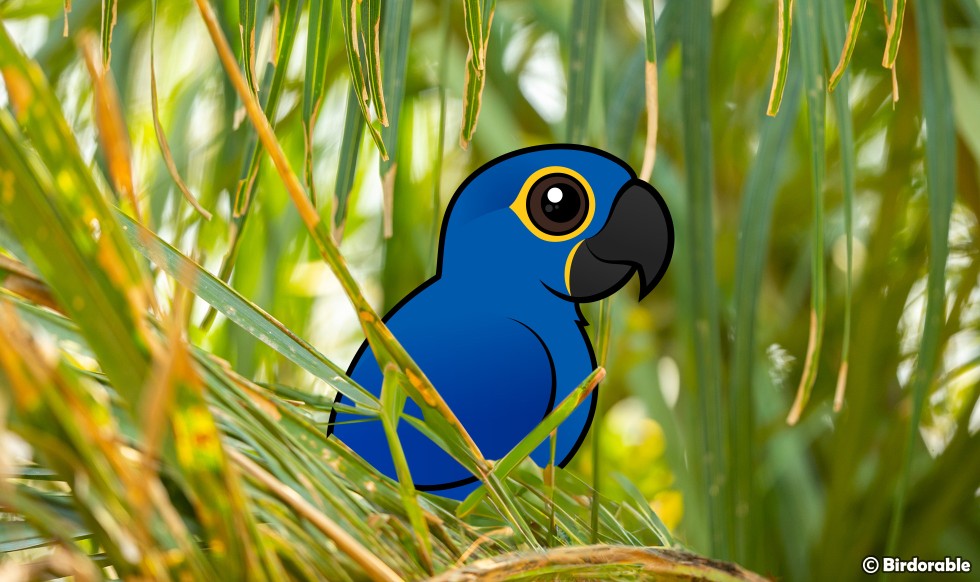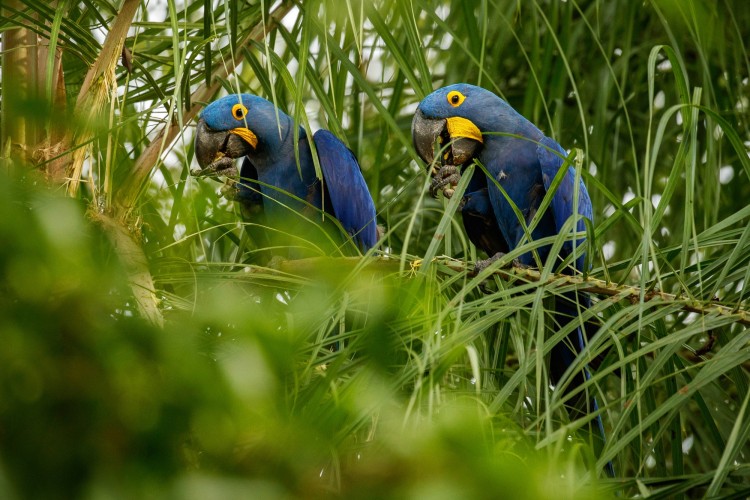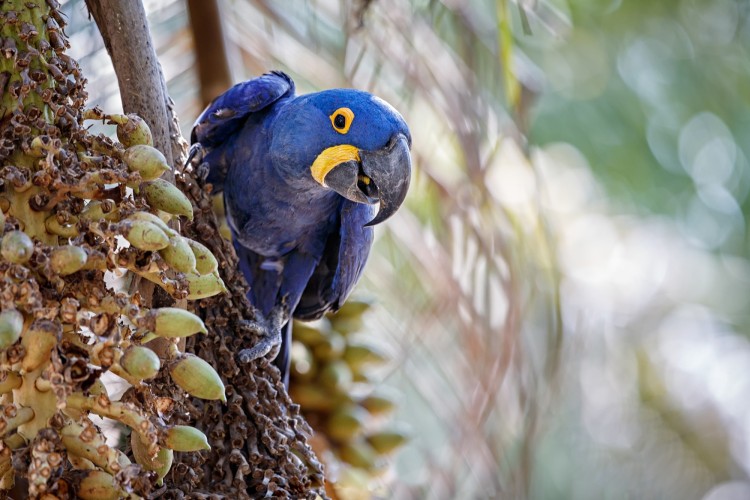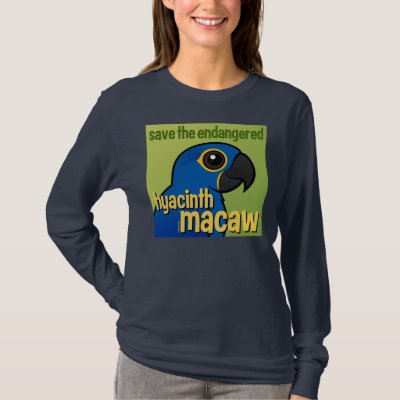Audubon has a fun competition going on right now, called "Birding the Net." Participants collect birds which are found on various participating sites around the web. On a special Facebook app, contestants can tally their totals and trade for needed birds with their friends. You can even find some right here on Birdorable!
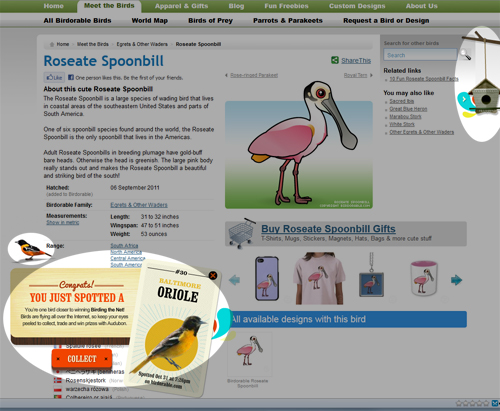
(click to enlarge)
Here are some hints to get you started. Birdorable birds like to make friends. Roseate Spoonbill is particularly friendly (see above) - but Black-crested Titmouse and Northern Saw-whet Owl also like to meet new birdie pals. We like to meet new friends too, and to hear from our fans! You can learn more about the campaign in the official Audubon press release. The contest ends November 7th. Have fun Birding the Web - we are!








